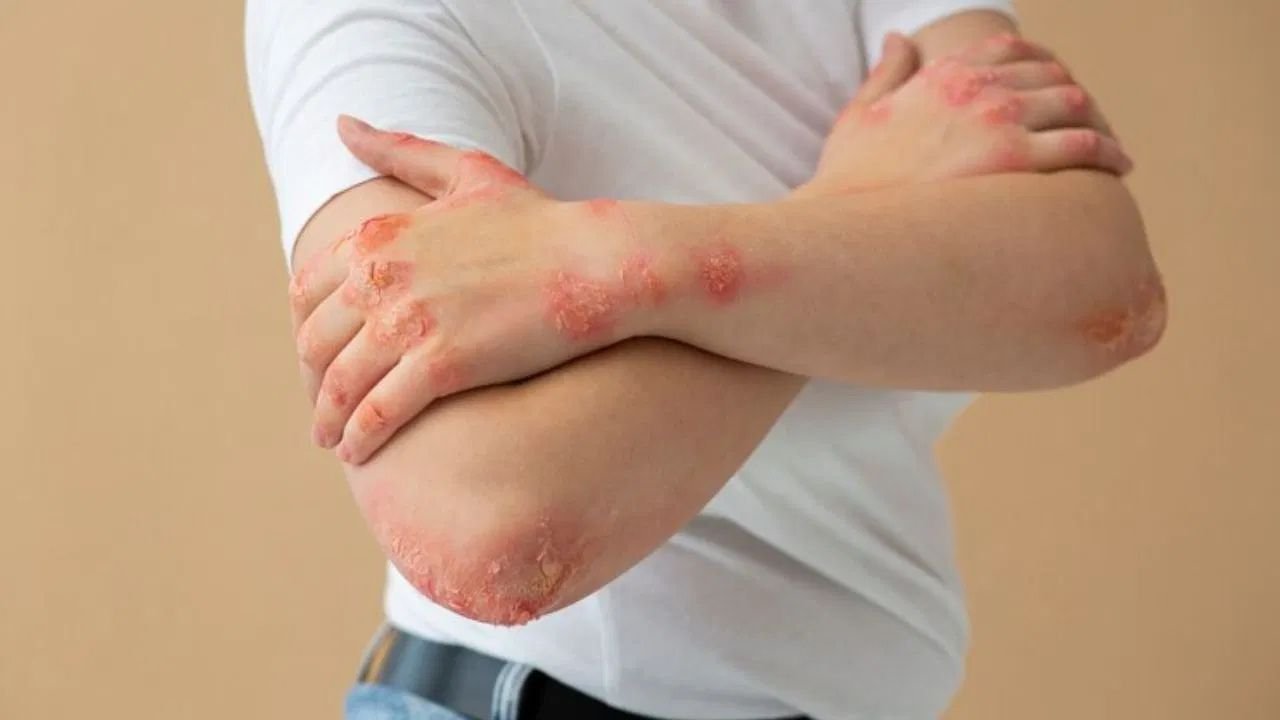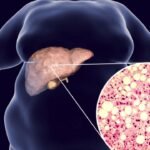Fungal infections have become increasingly common, especially in warm, humid climates or among individuals with weakened immunity. These infections can affect various parts of the body including the skin, scalp, nails, and even the mouth or genitals. Poor hygiene, excessive sweating, or wearing tight clothing for long periods can also contribute to their growth. Early identification and proper treatment are essential to prevent complications and recurring infections.
Recognizing the Red Flags: Common Symptoms of Fungal Infections
Dr. Saumya Sachdeva, a dermatologist at Max Hospital, explains that fungal infections, despite their different types, often exhibit a set of common symptoms. These include persistent or intense itching, red and raised rashes, and dry or flaky skin. In more advanced cases, the infected area may feel swollen, painful, or develop a burning sensation. Sometimes, individuals may notice white, brown, or black spots on their skin, which stand out from their normal skin tone. Peeling, blistering, or cracked skin can also occur, particularly in areas that experience frequent friction or moisture buildup.

Spotting the Signs: Changes in Nails and Genitals Can Be Telling
One of the less discussed but equally important symptoms of fungal infection includes noticeable changes in the nails. Infected nails may turn yellow, brown, or white, become unusually thick, brittle, or break easily. In some cases, fungal infections can also affect the genital area, causing intense itching, burning, or rashes. These symptoms can often be mistaken for other conditions, making accurate diagnosis crucial. It’s important to observe any persistent changes and seek medical advice when in doubt.
Know the Types: From Ringworm to Candidiasis
There are several types of fungal infections, each with distinct characteristics. Ringworm, one of the most common, presents as a round, red, itchy rash often mistaken for eczema. Athlete’s foot typically affects the feet, causing cracks, peeling, and severe itching. Candidiasis can appear in the mouth, genital area, or on the skin, showing as white patches or rashes. Identifying the type of fungal infection helps in choosing the right treatment, as over-the-counter creams might not always be effective against every strain.
When to See a Doctor: Don’t Ignore Persistent Symptoms
While mild fungal infections can sometimes be treated at home, it’s essential to consult a doctor if symptoms persist beyond one to two weeks. If there is severe itching, pain, or burning, or if the area develops pus, blood, or blisters, medical intervention is necessary. Additionally, if fungal infections keep recurring, this may point to an underlying issue like diabetes or a weakened immune system. A dermatologist can offer targeted treatment and preventive guidance to keep fungal infections at bay.







